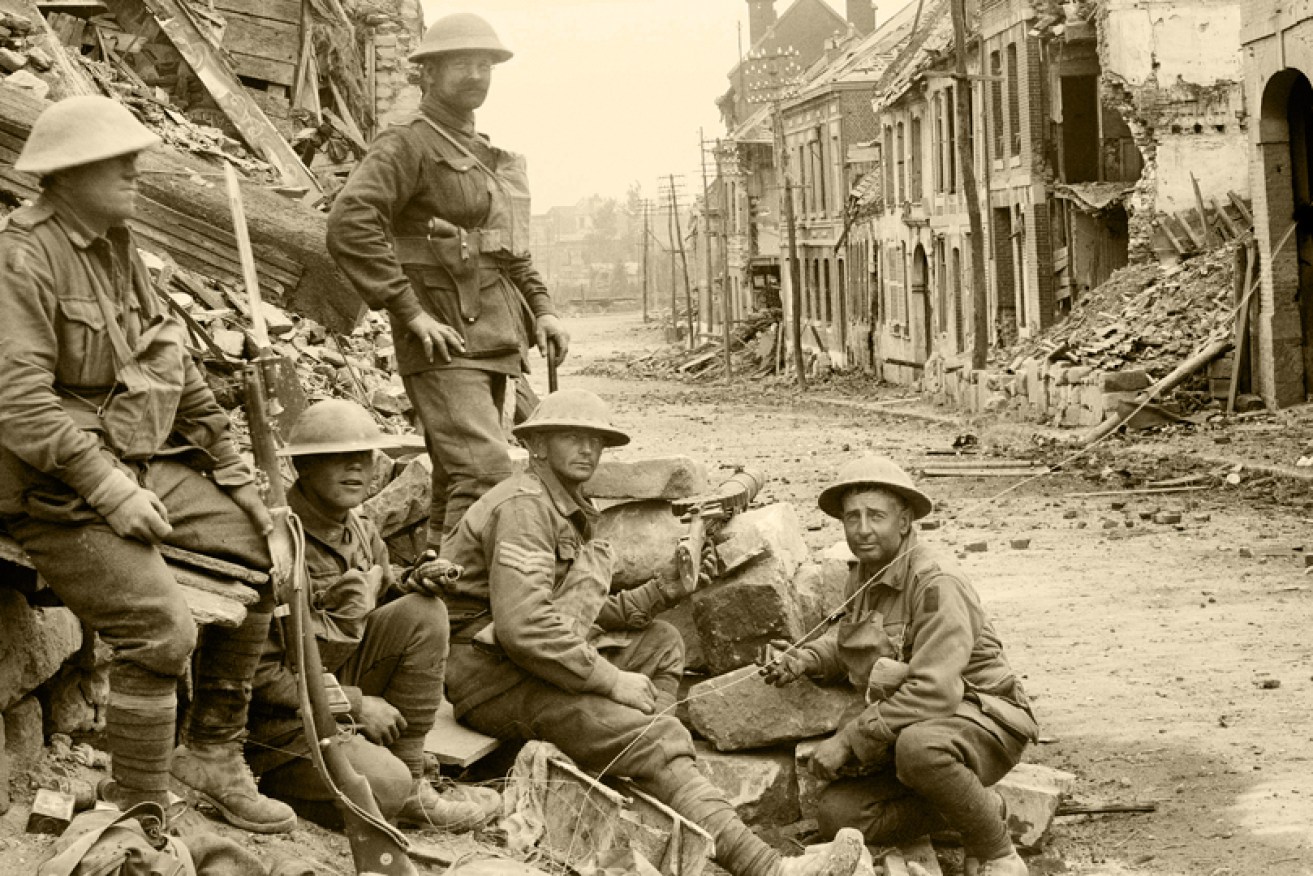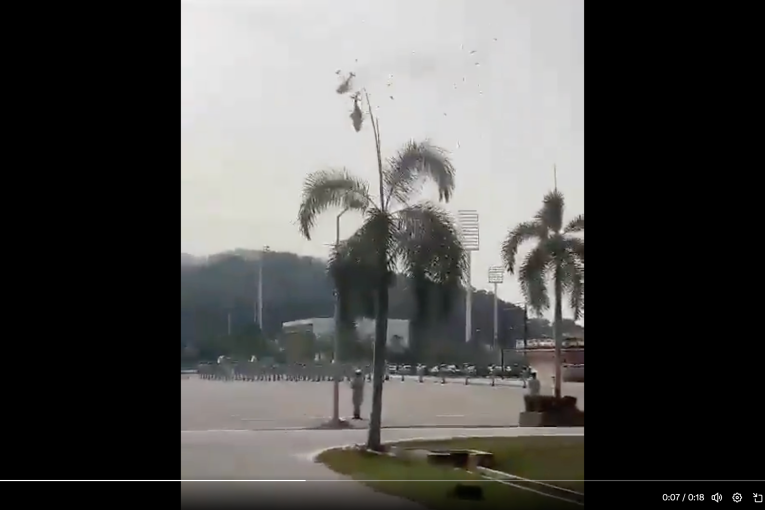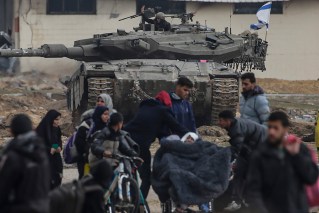Remembrance Day: Australia’s last forgotten battle


Members of the 54th Australian Infantry Battalion in Peronne near Montbrehain on October 2. Photo: Australian War Memorial
Over three days at the end of August 1918, the Australians achieved their most celebrated action of the war: Under the command of Lieutenant General John Monash, our troops crossed the Somme and fought uphill to storm the heights of Mont St Quentin, a last strategic stronghold of the Germans.
There was an almost Trojan horse aspect to the Australian tactics, where troops to the right of the attack worked noisily in small groups – using Lewis guns and grenades – to distract and confuse the Germans, while the troops on the centre and the left flank managed to get a foothold.
It’s now legend how the hill was taken, then lost to a counter-attack, but the Australians held their positions just below the summit – in grisly hand-to-hand fighting – until reinforcements arrived and the hill was taken for good.

An aerial view of the French town of Montbrehain, site of the Australians’ last forgotten battle of World War I. Photo: Australian War Memorial
They then fought to help capture the nearby town of Perrone, at a cost of 3000 casualties, and with eight Australians awarded the Victoria Cross between August 31 and September 2.
As far as Australian military history goes, you’d be forgiven for thinking that Mont St Quentin was the last and best hurrah for our troops in World War I.
Not quite. The attack led by Monash was celebrated for forcing the Germans to abandon the Somme and retreat to the Hindenburg Line, where the Germans were making their last stand. But the Hindenburg Line was 11 kilometres deep, and consisted of several lines tangled with barbed wire, machine gun nests and anti-tank guns.

Montbrehain as it looked on October 5, the day the Australians attempted to retake what the British had lost. Photo: Australian War Memorial
What has almost been forgotten – or relegated as a footnote – is the battle a month after Mont St Quentin, when the 2nd Australian Division under Major General Charles Rosenthal, and working with British troops, was ordered to break through the Hindenburg’s final network of defences, called the Beaurevoir Line, about eight kilometres to the rear of the main Hindenburg Line.
The idea was for the Australians to capture the village of Beaurevoir and the British the small village of Montbrehain. The Australian attack was a success but stopped short of capturing the village because of insecure flanks. The British seized Montbrehain but were unable to hold it.
The next morning, at 6.05am on October 5, 1918, Australian troops of the 6th Brigade attacked Montbrehain. If they could establish a line running to the north and east of the town, this would secure the newly won Beaurevoir Line and act as a springboard for further attacks.

German dead in trenches at Montbrehain, two days after it was captured by the Australians. Photo: Australian War Memorial
According to an analysis of the battle by Adam Rankin for the Australian War Memorial, within three hours, and with heavy losses, men of the 21st and 24th Battalions and the 2nd Pioneer Battalion had achieved their objectives. But as they tried to consolidate their positions, they were subjected to heavy shelling and unco-ordinated counter-attacks from three directions.
The Australians were pushed back nearly 360 metres through Montbrehain and many posts were driven to the north of the town. But by mid-afternoon the front had stabilised at the boundaries of the town.
The Australians suffered 400 casualties, while “inflicting hundreds of losses upon the enemy and capturing over 600 prisoners”.

Objectives and boundary lines for the Australian attack on Montbrehain. Photo: Australian War Memorial
The battle for Montbrehain was the last involving Australian infantry on the Western Front, and where the 64th and final Victoria Cross of the war was awarded to an Australian: Lieutenant George Morby Ingram.
Early in the attack, when his platoon was held up, Ingram, according to his citation, “dashed out and rushed the post at the head of his men, capturing nine machine guns and killing 42 enemy after stubborn resistance”.

Australia’s Lieutenant Ingram won the last VC of the war. Photo: Australian War Memorial
Later, when the company had suffered severe casualties, and many of the officers had fallen, he rallied his men under intense fire, and led them forward. “He himself rushed the first post, shot six of the enemy, and captured a machine gun.”
Ingram was training away from the frontline with his battalion when the Armistice was signed a month later. He was a carpenter from Bendigo when he joined the war, as a private, and was prone to illness.
Returning home, he became a farmer and later served in the Second World War.









